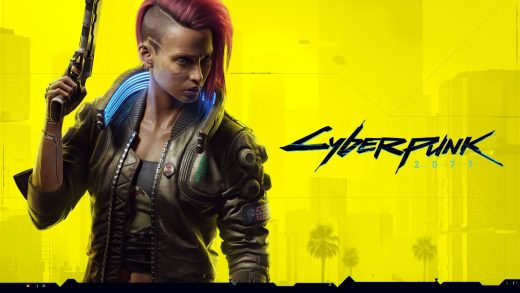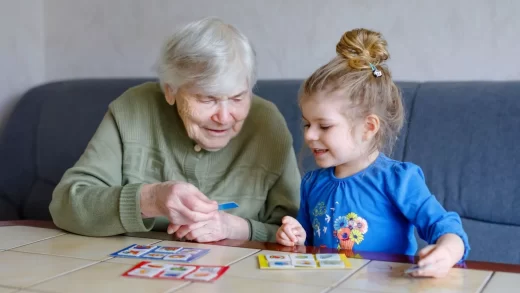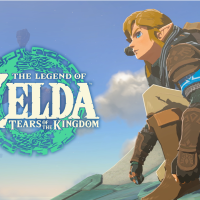In today’s digital age, the world of gaming has evolved into a vast and diverse landscape, transcending boundaries and bringing people from all walks of life together. It’s a realm where the power of imagination meets the thrill of competition, and increasingly, it’s a space that champions diversity and inclusivity. In this article, we’ll delve into the fascinating world of gaming diversity, exploring how it celebrates inclusivity in virtual worlds.
Table of Contents
- Introduction
- The Evolution of Gaming
- Breaking Stereotypes
- Gender Inclusivity
- Ethnic and Cultural Representation
- Accessibility in Gaming
- LGBTQ+ Inclusivity
- Inclusivity in Game Development
- The Impact of Inclusivity
- Inclusivity Challenges
- Future of Inclusivity in Gaming
- Conclusion
- FAQs
1. Introduction
Gaming has come a long way from being a niche hobby to a global phenomenon. It’s no longer limited to a specific age group, gender, or background. Today, it’s a melting pot of players, each bringing their unique perspectives and experiences to virtual worlds.
2. The Evolution of Gaming
Gaming has evolved from pixelated screens and 8-bit soundtracks to immersive virtual reality experiences. This evolution has opened the doors to a wider audience, making gaming more accessible than ever.
3. Breaking Stereotypes
Inclusivity in gaming starts with breaking stereotypes. Games no longer solely revolve around muscle-bound heroes and damsels in distress. They now feature diverse protagonists with a range of abilities, backgrounds, and appearances.
4. Gender Inclusivity
Historically, gaming has been seen as a male-dominated space. However, the industry has made significant strides in welcoming female gamers and creating games that resonate with them.
5. Ethnic and Cultural Representation
Games are increasingly embracing diversity in characters and storylines. Players can now embark on adventures inspired by different cultures, fostering a deeper understanding of the world’s diversity.
6. Accessibility in Gaming
Gaming is for everyone, regardless of physical or cognitive abilities. Developers are designing games with features like customizable controls and subtitles to ensure that everyone can enjoy the gaming experience.
7. LGBTQ+ Inclusivity
The LGBTQ+ community is finding representation in games, with characters that reflect their identities and experiences. This inclusion is helping to break down barriers and promote understanding.
8. Inclusivity in Game Development
Inclusivity isn’t limited to the content of games. It extends to the development process, with game studios actively seeking diverse talent to create more authentic and inclusive experiences.
9. The Impact of Inclusivity
Inclusivity in gaming has a profound impact. It fosters a sense of belonging, reduces toxicity, and enriches storytelling, making games more immersive and engaging.
10. Inclusivity Challenges
While progress has been made, challenges remain. Toxic behavior, harassment, and gatekeeping can still hinder the inclusivity of gaming communities.
11. Future of Inclusivity in Gaming
The future of gaming promises even greater inclusivity. With advancements in technology and changing societal norms, virtual worlds will continue to reflect the rich tapestry of human diversity.
12. Conclusion
Inclusivity in gaming is not just a trend; it’s a movement that has transformed the industry. As we celebrate the diverse voices and experiences in virtual worlds, we pave the way for a more inclusive and empathetic society.
FAQs
- Why is diversity important in gaming?
Diversity in gaming reflects the real world and allows players to connect with characters and stories on a deeper level. - What are some examples of inclusive games?
Games like “The Last of Us Part II” and “Celeste” have received acclaim for their inclusivity and diverse characters. - How can I contribute to inclusivity in gaming?
You can support diverse creators, report toxic behavior, and engage in respectful discussions within gaming communities. - What challenges do LGBTQ+ gamers face in online communities?
LGBTQ+ gamers can face discrimination and harassment, but many communities are working to create safe and welcoming spaces. - What can game developers do to promote inclusivity?
Developers can prioritize diversity in their teams, create authentic representation, and implement inclusive design features.













